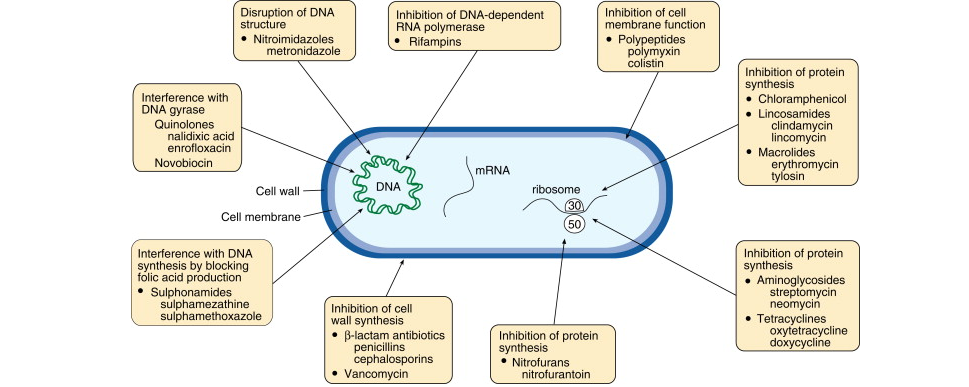Antibiotic resistance is one of the most pressing global health challenges of our time. As bacteria evolve and become resistant to existing antibiotics, we face an urgent need for new drugs to combat dangerous infections. In this blog, we explore the Antibacterial Compounds Library—a valuable resource for researchers and pharmaceutical companies in the quest to develop novel antibiotics. We will dive into what the library is, how it is created, and why it is crucial in tackling the growing problem of antibiotic resistance.
Understanding Antibacterial Compounds Library
An Antibacterial Compounds Library is a comprehensive collection of small molecules that have been systematically designed, synthesized, and tested for their effectiveness in inhibiting bacterial growth. The library contains a diverse range of compounds with different chemical structures, allowing for a broad screening of potential antibiotics. These compounds are often designed to target specific bacterial mechanisms or pathways to disrupt their vital functions and prevent the growth and spread of bacteria.
The Ongoing Battle Against Antibiotic Resistance
Antibiotic resistance has emerged as a significant threat to public health. Overuse, misuse, and improper prescribing of antibiotics have contributed to the development of drug-resistant bacteria. The consequences of this resistance are dire, as infections that were once easily treatable can now become life-threatening. To combat this crisis, we need new antibiotics that can effectively eliminate drug-resistant bacteria and provide alternative treatments for infectious diseases.
The Need for Antibacterial Compounds Library
The Antibacterial Compounds Library is an essential tool in the search for new antibiotics. Here’s why:
Diverse Compounds: The library contains an extensive range of molecules with varying chemical structures. This diversity enables researchers to explore numerous avenues for antibiotic development and identify compounds with different mechanisms of action. By targeting distinct bacterial pathways, the library increases the chances of finding effective drugs against a wide variety of bacterial infections.
Target-Specific and Broad-Spectrum: The library includes both target-specific compounds, focusing on specific bacterial mechanisms, as well as broad-spectrum compounds that can act against multiple types of bacteria. Target-specific compounds allow researchers to develop antibiotics with high specificity for a given bacterial strain, minimizing the risk of resistance development. Broad-spectrum compounds, on the other hand, offer the versatility to combat a broader range of bacterial infections.
Accelerated Drug Discovery: Developing new antibiotics from scratch is a lengthy and expensive process. The Antibacterial Compounds Library accelerates the drug discovery process by providing researchers with a starting point—a vast collection of pre-existing compounds. These compounds can be rapidly screened for their antibiotic activity, saving time and resources in the early stages of drug development.
Exploring New Mechanisms of Action: The library’s diverse compounds offer the opportunity to study and discover new mechanisms of action in bacteria. By testing these compounds against various bacterial targets, researchers can gain insights into fundamental bacterial processes, potentially uncovering vulnerabilities that can be exploited for therapeutic purposes.
Collaboration and Future Directions
The Antibacterial Compounds Library is a valuable resource, but its true potential can be realized through collaboration among researchers, pharmaceutical companies, and public health organizations. Open sharing of data and compound libraries can enhance our collective efforts to combat antibiotic resistance. Furthermore, continued investment in research and development is necessary to transform the promising compounds identified from the library into safe and effective antibiotics.




